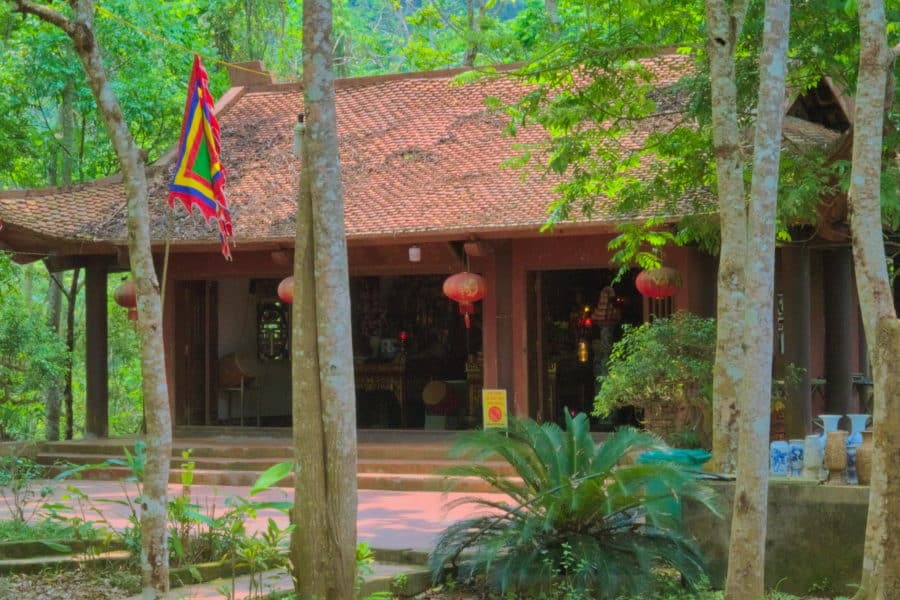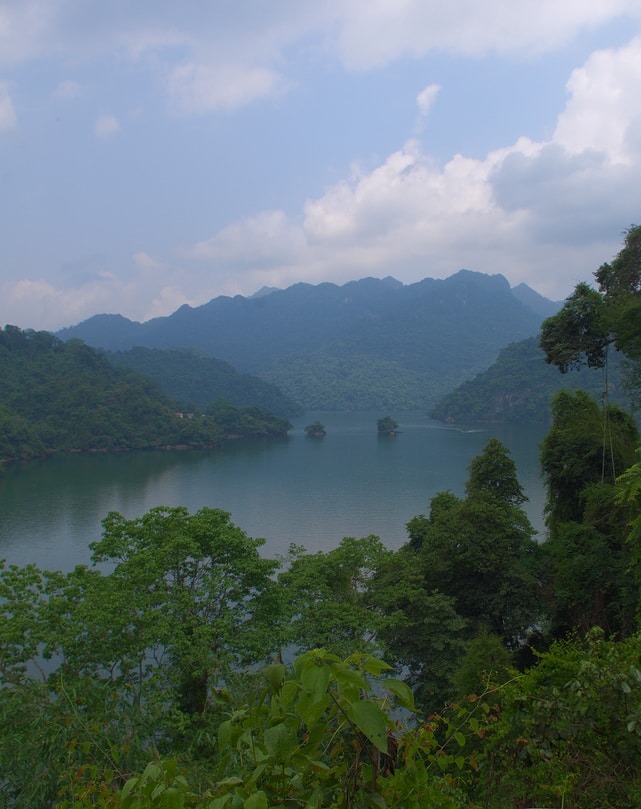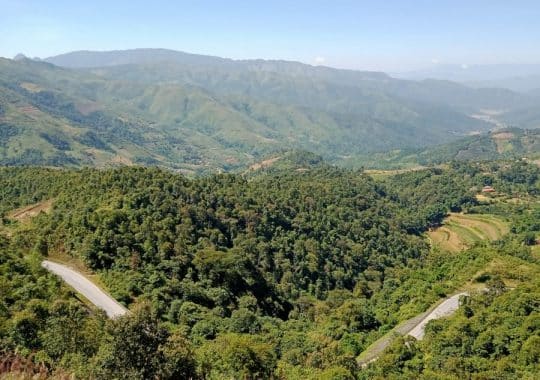Ba Bể National Park – Bắc Kạn Province
Ba Be National Park is a haven of mother-nature and is a superb spot for those who enjoy serenity. It also makes for an excellent stop on a motorbike tour as there are some cracking roads in and out the area.
Ba Be lake and its surrounding limestone mountains and forests are predominately home to the Tay and Hmong people. There are very small numbers of Dzao and Nung people residing there.

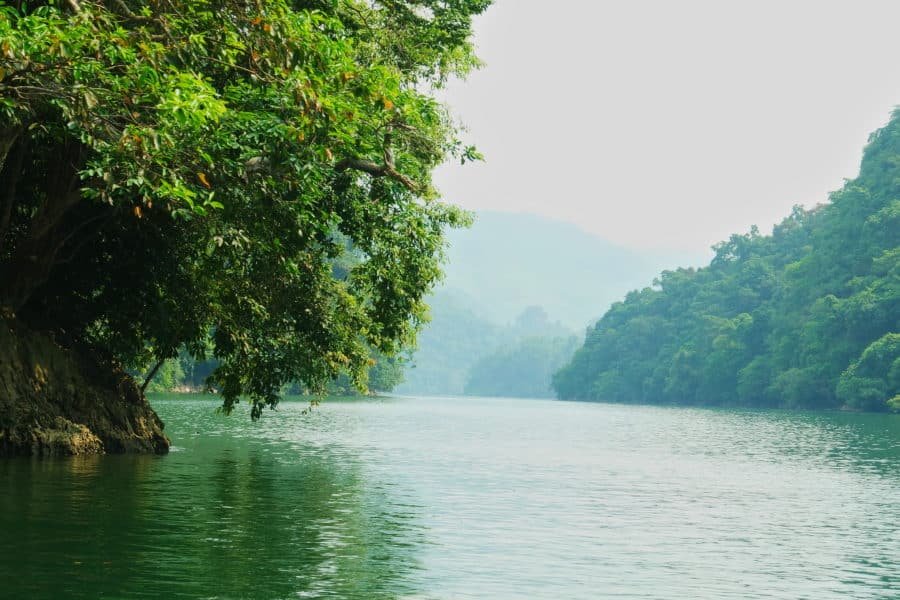
Etymology of the Lake’s Name
Vietnam’s largest natural freshwater lake is actually 3 smaller lakes that have merged into one. Ba translates as 3 from Vietnamese, the local Tay language’s Pé (lake) seems to have been somewhat modified to Bể (which can mean sea) to form its name. Locals here call the body of water Slam Pé meaning three lakes which are named Pé Lầm, Pé Lù, and Pé Lèng.
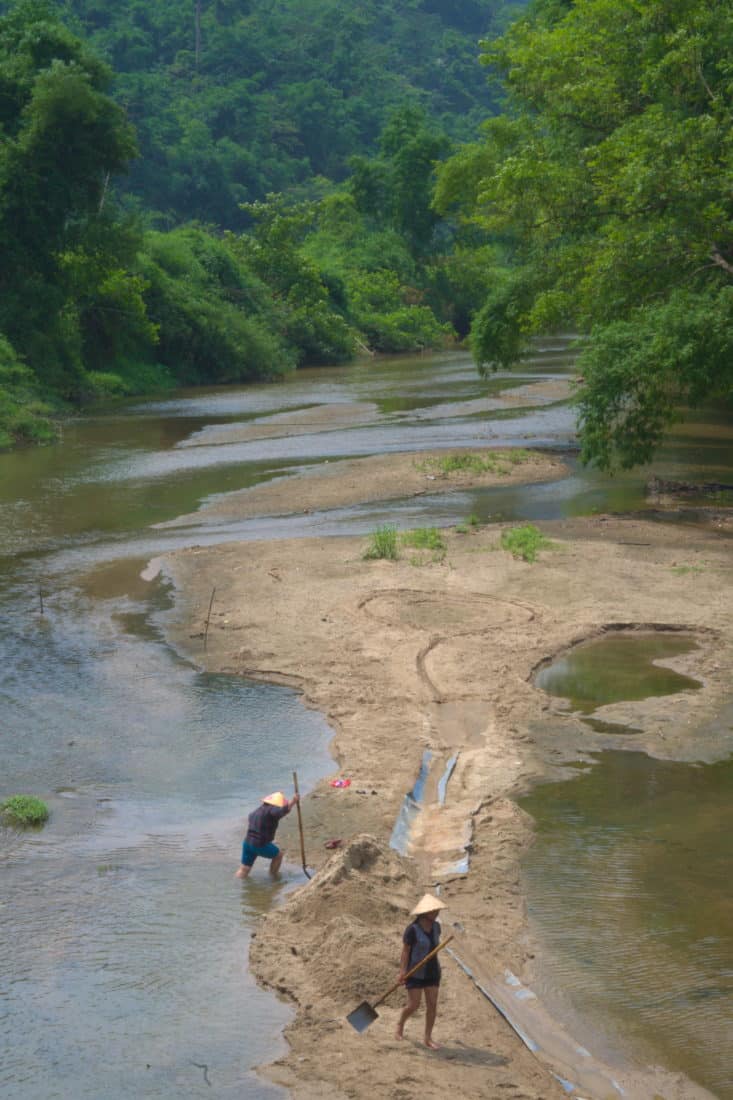

Things to Do
Taking a flat-bottomed boat trip on the lake’s calm waters is the main activity for tourists – many of the nearby attractions can only be reached by crossing the water. Kayaks are on hand for those who like to paddle and the pristine water is lovely to swim in during warmer months.
Other activities include trekking through the forest to small villages and checking out waterfalls. Furthermore there are many caves available for spelunkers passing through and fishing is also a possibility.


Food
There is some delicious food available, particularly at local homestays of the Tay ethnic group – Their traditional cooking is outstanding.
Fish and shrimp come straight out of Ba Be’s pristine waters and straight on to the dinner table, forest herbs and vegetables come picked that day.
Some of the specialties are fresh bamboo shoots, sticky rice, and roast suckling pig. Evening meals are generally washed down with small glasses of rice wine. Dinners are always a fun occasion where you can get to know and interact with local people.

The Park Size and Flora and Fauna
The park sprawls over some 10 000 hectares with 4000 of these hectares declared as a strict protection zone and 6000 which are classed as an ecological rehabilitation zone. The entire area includes the lake with a surface area of 650 hectares, lowland tropical forest and lowland evergreen forest. The forests are home to 1268 assorted breeds of vascular plants.
64 species of mammals have been identified in the park, noteworthy animals that are threatened include – Owston’s Civet, the Eurasian otter, Schreiber’s Bent-winged Bat and the Golden Cat. Other warm-blooded vertebrates comprise of the Rhesus Macaque, the Asiatic Black Bear, the Crab-eating Mongoose and the Barking Deer.
69 kinds of amphibians and reptiles have been catalogued along with 235 species of birds that include native woodpeckers, kingfishers, herons and eagles.
107 sorts of fish have also been noted along with a whopping 332 different butterflies.
The above information was taken from a Ramsar study conducted in 2010. We haven’t found numbers on current flora and fauna populations but in this day and age it is fairly safe to say all nature is endangered. Hunting is prohibited in the park but fishing is accepted.

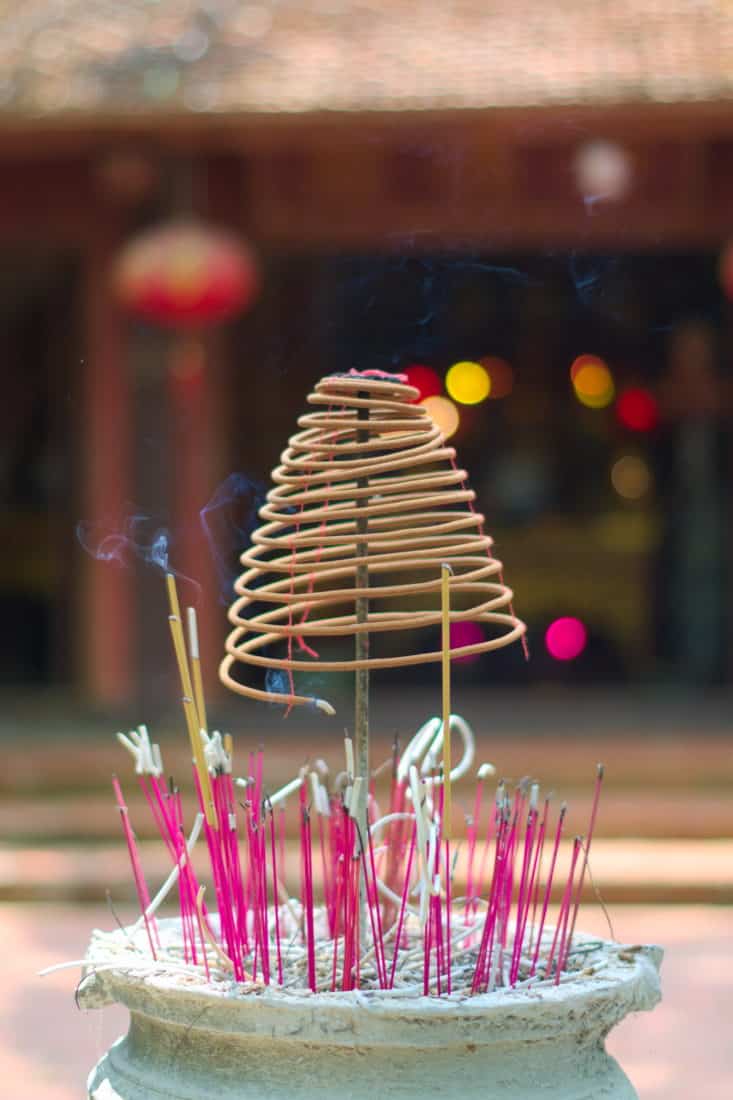
Ao Tiên – Fairy Pond
Fairy pond is around 25 minutes by boat from Pac Ngoi village. Its yellow waters that form a circular shape are approximately 3000 m2 and are very short walk from the lake’s edge.
The walk to the pond is cluttered with rather friendly vendors selling snacks like grilled fish on skewers, grilled bananas and boiled eggs. There are also souvenirs of clothing, handicrafts and traditional medicine for sale.
The pond itself is a place of folklore. It’s said that once upon a time a hunter passed by and encountered 7 female fairies playing and bathing in the pond. The fairies, which had descended from heaven, also left footprints in the stone around Ao Tiên.


Widow Island – Đảo Bà Goá
Widow Island which in the local Tay dialect is Po Gia Mải is a picturesque islet in the middle of the lake. Formed of limestone rock and trees it is home to the Đền An Mạ or An Ma Temple.
Legend has it that after losing a feudal battle between then Lê and Mạc Dynasties, Mac generals and dignitaries fled to a nearby cave and perished. Local people who were sympathetic to the Mac cause erected the temple to honour the deceased. In fear of persecution from the Le Dynasty they later changed the temple’s name to Ma instead of Mac.
The Le – Mac wars occurred during the 15th and 16th centuries so the temple is quite old – it recently underwent some reconstruction in 2007.
The island’s name stems from the fable of a compassionate widow who once inhabited the island with her son. She was given rice husks by a fairy which she then grew and used to create canoes to rescue people during an apocalyptic flood.
